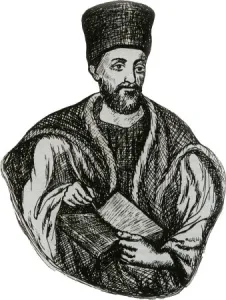Brief History of
Byzantine Music
Historical review of orthodox church music
Byzantine music is the development and cultivation of ancient Greek music and it got its name from the region of Byzantium, which is the first name of New Rome, the capital of the new empire, according to Konstantinos Paparrigopoulos.
Byzantine Music is the music of the Byzantine Empire, translated and composed exclusively of Greek texts as a melody. Greek and foreign historians agree that these melodies, the church sounds and in general the whole system of Byzantine music, is closely connected with the ancient Greek musical system. Its beginnings are dated by some scholars to the 4th century AD, shortly after the transfer of the capital of the Roman Empire to Constantinople by Constantine the Great.
The surviving Byzantine music is all church, with the exception of some imperial hymns, which also have religious elements. Byzantine chant was monotonous, in free rhythm, and often tried to melodically illustrate the meaning of the words. The language used was Greek. The Byzantine hymn, of which there were three types, was the maximum manifestation of this musical genre.
A part of the music of Byzantium, mainly from 1204 onwards, can be considered folk song; it differs from church music in that it has a fixed meter, so that the dancing purpose is also served. This is not accidental: in the same geographical space, from the same culture, the music is uniform. Let's not forget that the first time that Western music was taught (widely) in the Greek area was with the arrival of Othon. Until then, the music that was performed, heard, recorded and taught (empirically and/or in music education) was Byzantine.
Our Byzantine Church Music is art and science. Greek and foreign historians agree that the ecclesiastical sounds and the system of the church in general. music is directly related to the ancient Greek system.
All the musicians and hymn writers from the 3rd to the 7th century that appear Ioannis Damaskinos, were deeply imbued with Greek education and knew ancient Greek music in depth, as can be seen from their works.
This music, like any other art, appeared at first imperfect, but evolved and developed through the centuries until today.
The heyday of Byzantine Music, together with the Hymnology of the first centuries, begins from the end of the 7th century with Romanos Melodos, the "Pindar" of ecclesiastical poetry in Byzantium.
In the Byzantine period, excellent musicians and hymn writers flourished, such as: Ioannis Damaskinos, Cosmas o Melodos, Theodore Studitis, Fotios the Patriarch of Constantinople, Leo the Wise, Constantine the Porphyrogenitus, emperor, Kassiani the Nun, Ioannis Koukouzelis, who is considered the greatest figure after Damaskinod , Xenos the Koronis, Primate of I. N. of Agia Sophia, Ioannis Kladas, Lampadarios of Agia Sophia et al.
After the fall of Constantinople (1453 AD), Byzantine Music remained essentially the same. Christians rallied around the Patriarch and the Patriarchate. The Patriarch was the religious and political leader of the Genus. The Patriarchate, the Patriarchal Temple, the Great Church of Christ, was the ark where the Byzantine member found refuge and was saved until today.
A primary role in this was played by the succession of the Lord Cantors and the Lord Lampards of the Great Church of Christ, who preserved all the liturgical and formal order and tradition from the times before the fall until today.
Excellent musicians can be distinguished in this period: Manuel the Chrysafis, Valassios the priest, George Raidestinos, Panagiotis Chalatsoglou, Peter the Peloponnesian, Iakovos the Peloponnesian, Peter the Byzantine.
In the year 1814, the Great Church of Christ decided to set up a Musical Committee with the mandate to devise and invent new sign writing easier.
Thus the music that has survived to this day is his work Chrysanthos, Gregorios and Hourmouzios, των τριών εφευρετών της νέας μουσικής γραφής, οι οποίοι μετέγραψαν και μας χάρισαν τις ιερές μελωδίες των παλαιών μας μουσουργών. Έκτοτε δε βλέπουμε και όλα τα κλασσικά μουσικά κείμενα της Βυζαντινής Μουσικής να εγκρίνονται από την Μεγάλη του Χριστού Εκκλησία, και να εκδίδονται πρώτα στο Βουκουρέστι, στην Τεργέστη, στο Παρίσι και έπειτα στην Κωνσταντινούπολη.
Then we distinguish serious musicians: Peter the Ephesian, Theodore Fokaeus, Panagiotis Kiltzanidis, Georgios Sarantaekklesiotis, Nikolaos Vlachopoulos, Georgios Violakis, Iakovos Naufliotis, Konstantinos Prigos, Thrasyvoulos Stanitsas, Vasilios Nikolaidis and Leonidas Asteris.
This Byzantine Music that we received is prayer music, worship music and it is called Byzantine because it began and developed in Byzantium.
In Constantinople, the capital of Byzantium, was our religion armed and adorned with the brilliant arts. Iconography with mosaics, architecture, literature with hymnography and CHURCH MUSIC.
Sources:https://el.wikipedia.org,https://www.ypapanti-patrida.gr/
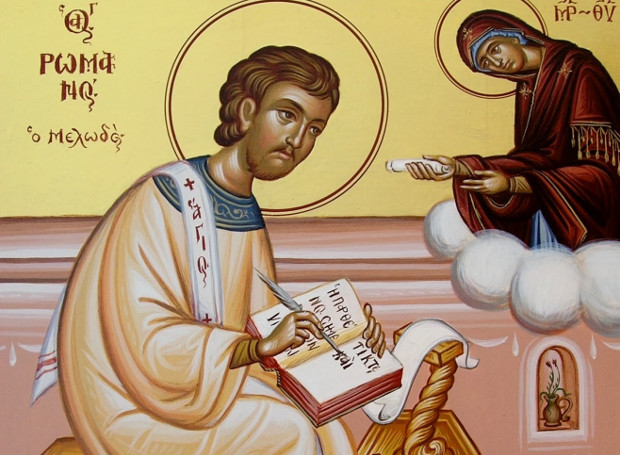
Romanos the Melodos
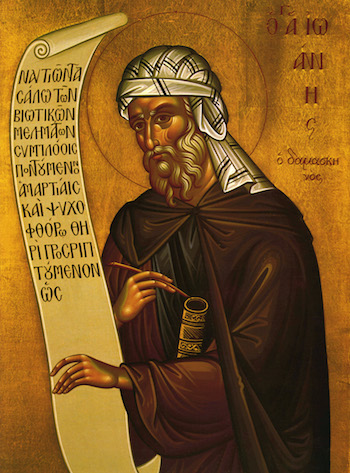
Ioannis the Damaskinos
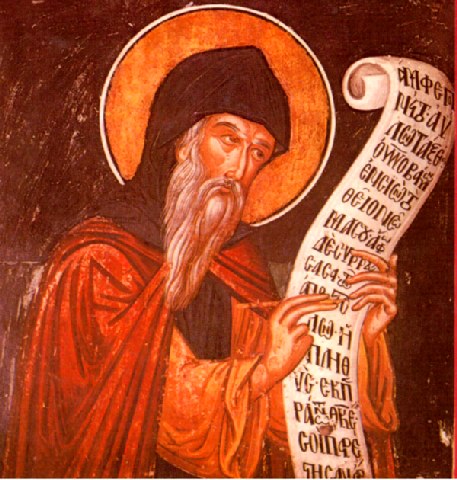
Kosmas the Melodos
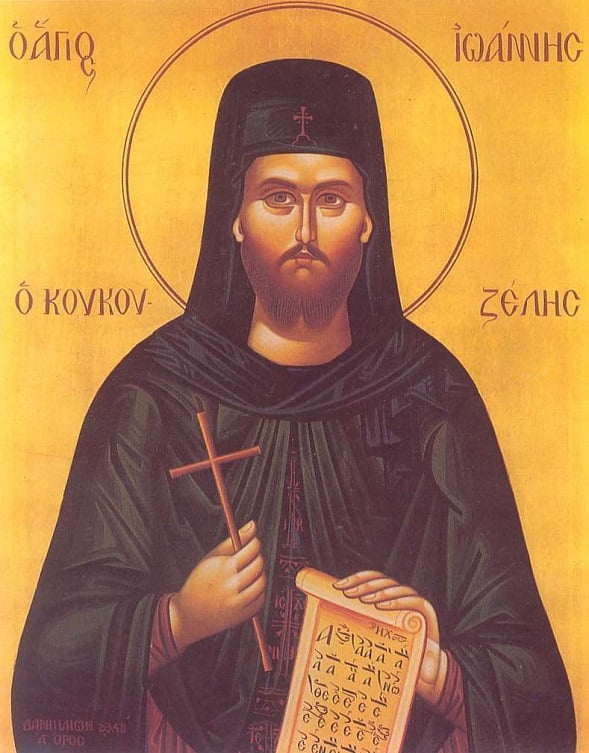
John Koukouzelis
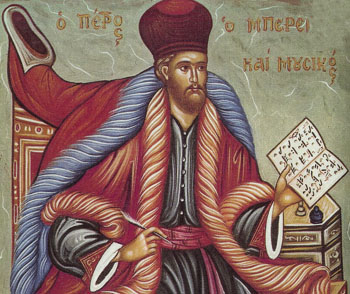
Petros Bereketis
